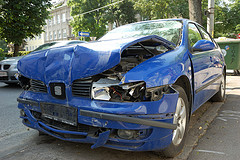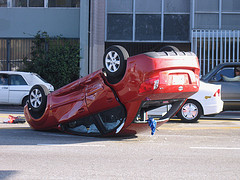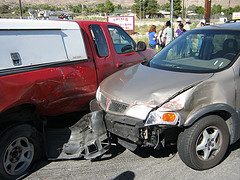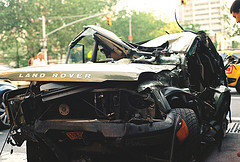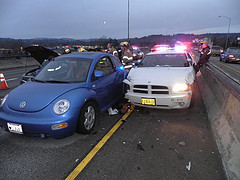
flic.kr/p/buHdXV
Bad statistics lead to misinformation. Sweep ’em out. That’s what ought to be done with research “findings” based on misguided analyses of inappropriate data. This is the stuff to which British statesman Benjamin Disraeli referred, famously citing “lies, damned lies, and statistics” to bemoan the willy-nilly use of numbers.
Numbers can, and often are, used to “prove” just about any program or policy that anybody with an agenda wants to praise or discredit. It’s an ongoing problem, and the field of highway safety is no exception. A new report by former Institute president Brian O’Neill and statistician Sergey Kyrychenko points to multiple examples of how motor vehicle death rates have been misinterpreted. These examples serve as powerful warnings of how not to use data.
Read the full article here, in PDF
